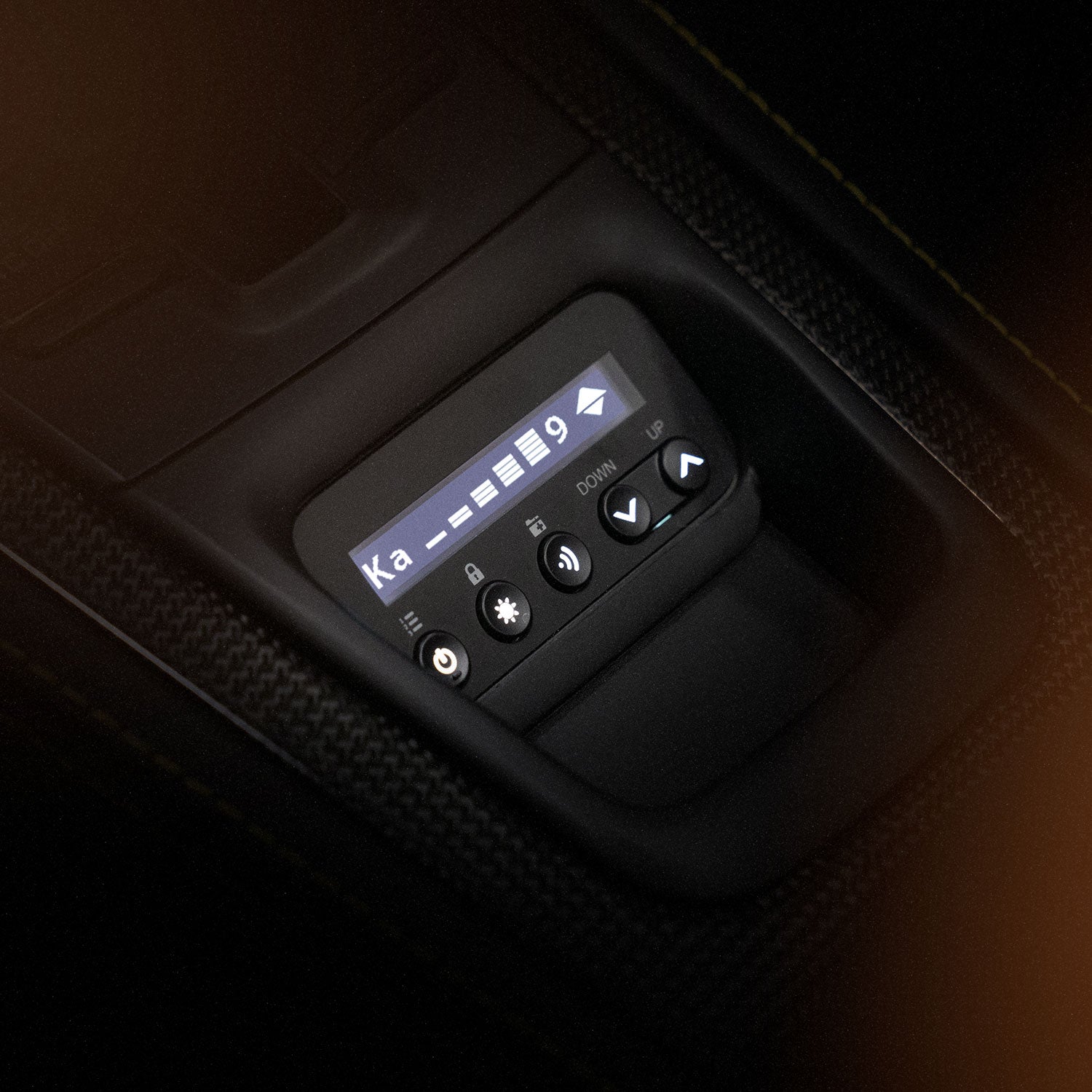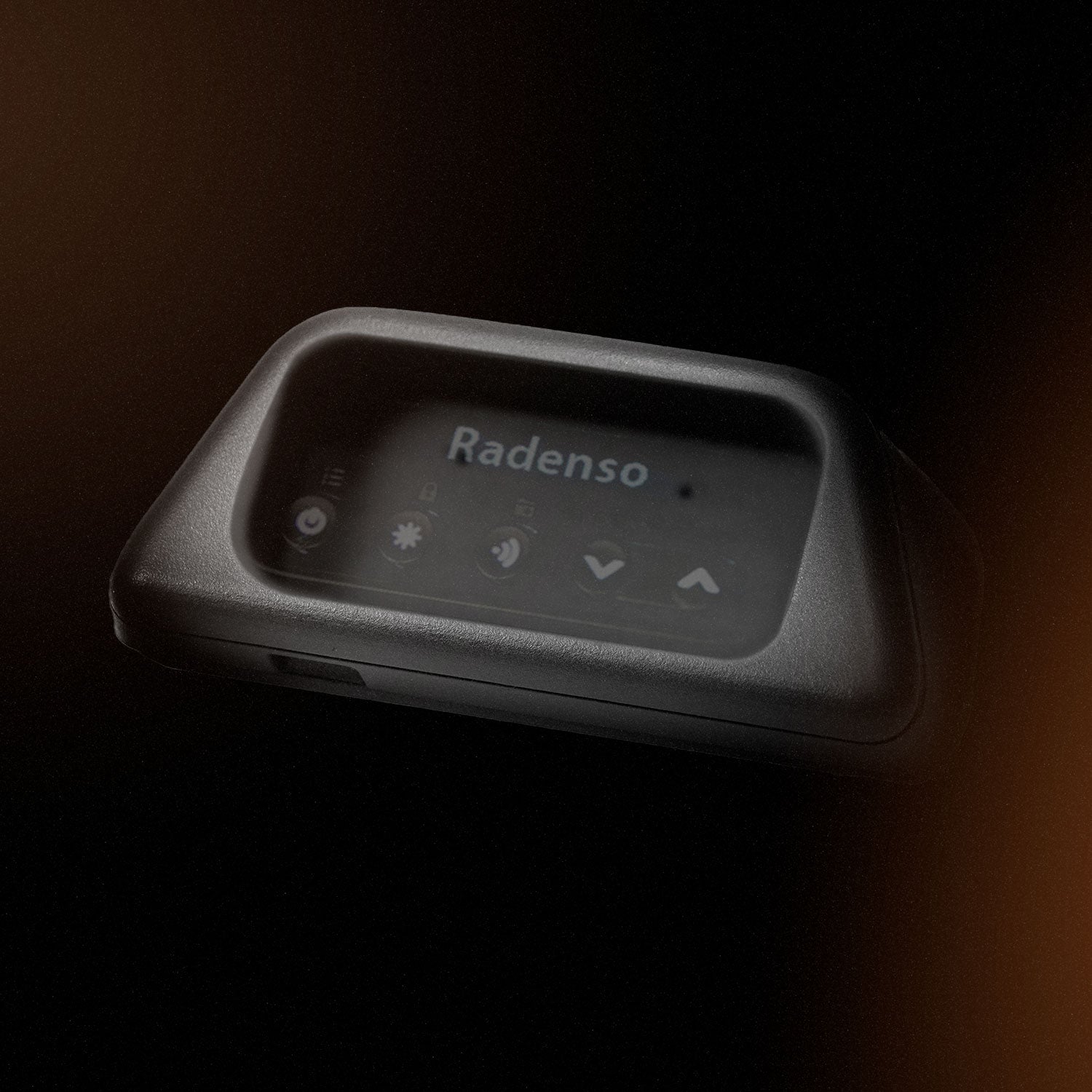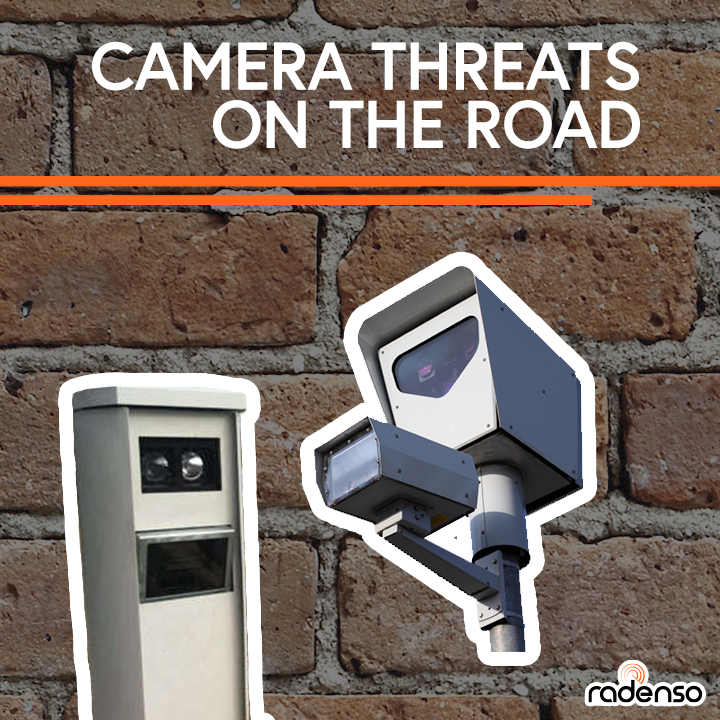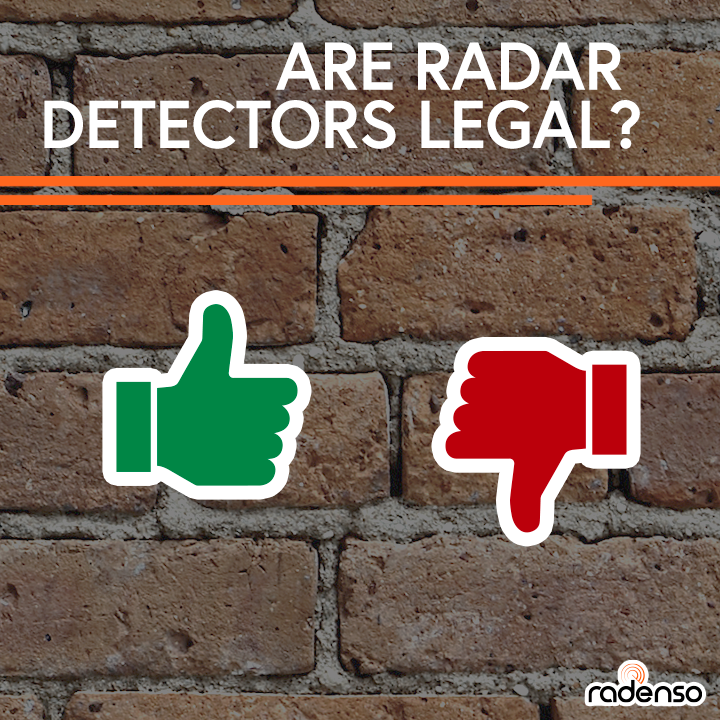What are the differences between Ka, K, and X bands?
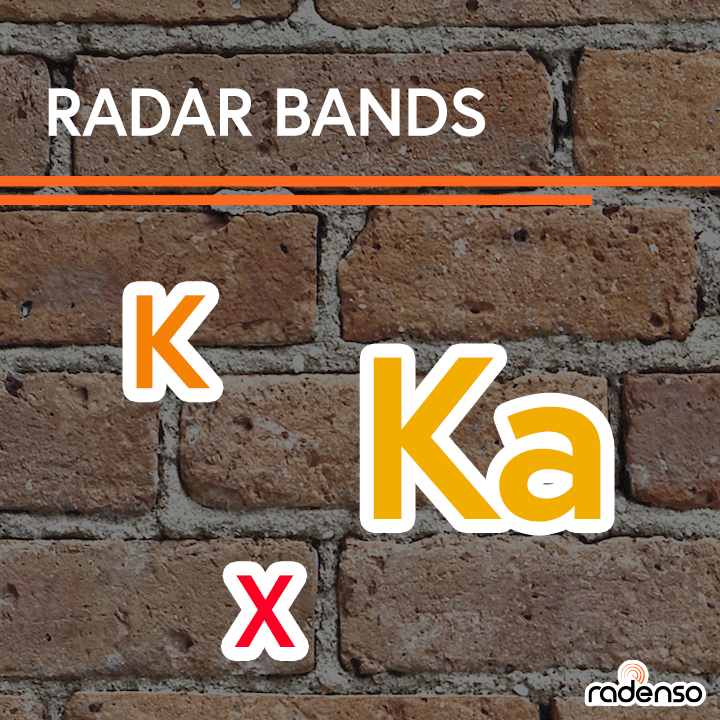
So, you bought a radar detector – great! You’ve taken the first step towards more driving enjoyment and freedom. You’ve been driving with it for a while now, and maybe it’s even saved you a few times. But let’s be honest – radar detectors have traditionally not been the most user-friendly devices.
Nowadays, radar detectors have numerous settings to keep up with modern law enforcement technologies – and our Radenso detectors have over two hundred different voice alerts! We know that can seem like a lot to learn, but fear not – there are only a few critical alerts you really need to be familiar with, and they are probably the ones you have already heard several times.
When approaching a radar source, your radar detector will give you a voice alert that says one of three things: “X band,” “K band,” or “KA band.” Then, it will follow with a series of beeps that change in intensity to match the signal level of the threat. When you hear these alerts, it is generally best practice to slow down and visually scan for a law enforcement officer. But what do these alerts really mean?
What exactly is a radar wave?
To understand the difference between radar bands, we first have to understand what a radar wave is. Simply put, a radar wave is simply a form of electromagnetic radiation in between a certain set of frequencies. You can think of radar waves just like any other type of radio waves – for example, when you tune in to your favorite radio station, you are tuning in to a specific frequency.
When you think of tuning into FM radio, you have many different stations that operate on many different frequencies while still being considered “FM.” Maybe your favorite station is 91.7, or maybe it’s 101.5 – either way, you are still listening to FM radio. If you tune your radio too low or too high, you won’t pick up any music – you have to have your radio looking for the right frequency.
Radar works the same way, just with waves that operate on a different frequency than AM or FM radio. In a very real way, your radar detector is basically a fancy radio receiver that is looking for the specific “frequencies” or “stations” that police radar operates on.
To use a simple analogy, X, K, and KA bands are essentially like the names of three of your favorite radio stations. They are names for the frequencies that police radar (and sometimes false alerts) operate on. Since we know that police radar uses these frequencies, your radar detector is always tuned into them and listening for signal. If it picks something up, it will notify you so you can slow down with plenty of warning distance.
What is X band?
X band radar is defined as radar waves that fall between 8.0ghz and 12ghz, but law enforcement X band radar guns operate universally on 10.5ghz. This is the oldest type of licensed police radar frequency, and is not widely used anymore. It does still exist, so we don’t recommend turning off X band in your settings – it is mostly found in rural areas, or in areas where police departments did not have adequate funding to upgrade to more modern radar guns.
The main advantage of X band over K and KA band is that it is affected less by poor weather conditions. However, this advantage is outweighed by several significant cons. X band radar guns require a larger antenna, X band is easy for radar detectors to pick up at long distance, and most of the X band radar guns that are still in service are bulky and frustrating to use. False alerts on X band do exist, but they are rare compared to K band false alerts. Check out the Radenso Pro M Radar Detector, with advanced Blind Spot Monitor (BSM) false alert filtering!
What is K band?
K band radar is the chunk of radar frequency that stretches from 18ghz-27ghz. Luckily for us, police K band radar operates strictly at 24.125 and 24.15ghz. In the law enforcement world, K band radar began to be adopted a couple decades ago as a higher-performance alternative to X band radar.
Since it operates on a higher frequency and with lower power output, K band radar is harder to detect at long distance than X band. This gives radar detector users less time to react (though modern radar detectors have largely neutralized this advantage).
One thing to keep in mind about K band is that many non-law enforcement radar sources operate in this frequency range, including automatic door openers and some blind spot monitoring systems on vehicles. This has given K band radar a reputation for a high percentage of false alerts – sometimes, other companies even recommend disabling K band entirely to reduce these annoying false positives. This is not a good idea in most cases, as K band radar is extremely widespread throughout the USA.
The increasing level of K band false alerts is why it is so important to select a radar detector that has superior false alert filtering – otherwise, you will not be able to reliably trust K band alerts from your detector!
What is Ka band?
First introduced in 1983, Ka band radar is the “latest and greatest” law enforcement radar that is currently allowed to be used (all police radar is regulated by the FCC). Ka band is comprised of radar waves between 33.4 and 36.0ghz. Unfortunately for radar detector users, Ka band is slightly more complex than X and K bands. While X and K band police radar guns operate on just one or two frequencies, KA band guns operate on as many as five.
With a narrower beam pattern and lower power output than X and K band, Ka band is the most difficult type of radar to detect at long distance. The ability to reliably detect low-powered Ka band is why purchasing a detector with class-leading range is so important. With Ka band, even the best detectors might only deliver .75 to 1 mile of range in difficult terrain – cheaper or older detectors may not possess enough sensitivity to save the driver.
With very few exceptions, if your detector alerts you of Ka band you can be sure there is legitimate threat ahead or behind you. Due to the fact that not many non-law enforcement radar sources operate in this band, Ka band typically has very minimal false alerts.
While Ka band was a nasty threat when first introduced (and remains the most dangerous type of police radar for the radar detector user), if you select a modern top-flight radar detector platform, you can ensure yourself more than adequate protection against even the sneakiest officers and best Ka band radar guns.
Pro Tip: What does all of this high-tech information actually mean to you?
- X, K, and Ka band radar are simply names for different frequencies of police radar (just like different radio station names on FM radio)
- When your detector alerts you to one of these three radar bands, it has detected radar waves that fall within that particular band
- You should probably slow down and attempt to visually identify the threat
With an understanding of what X, K, and Ka bands are, now you can take even more informed action when presented with these alerts. Did you detect Ka band? Slow down NOW! K band? Slow down, but it might be a false alert – try to visually identify the threat. If you detected X band in a city, it’s probably a false alert. But if you are in a rural area, watch out!
Congratulations – by purchasing a radar detector and understanding what the alerts mean, you have become a more aware driver!


